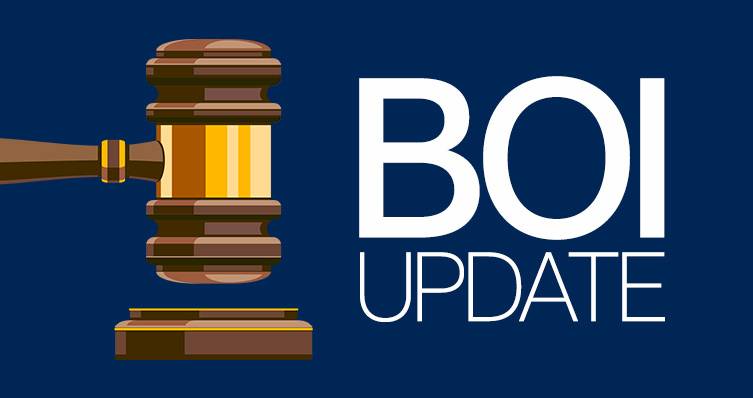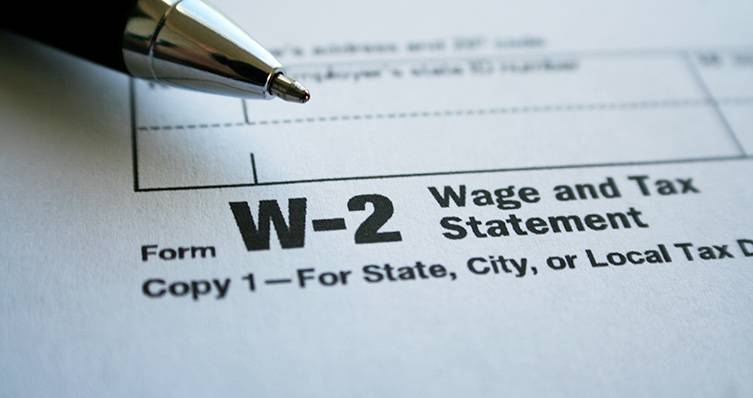When you face financial decisions that put your money on the line, having accurate information and unbiased expertise can make a significant difference. Check out our articles, guides, and helpful tools from trusted experts across various services and industries. Whether you’re an individual, family, or entrepreneur, we’ll help keep you informed.
Get news, analysis, and ideas to help you make sound financial decisions










